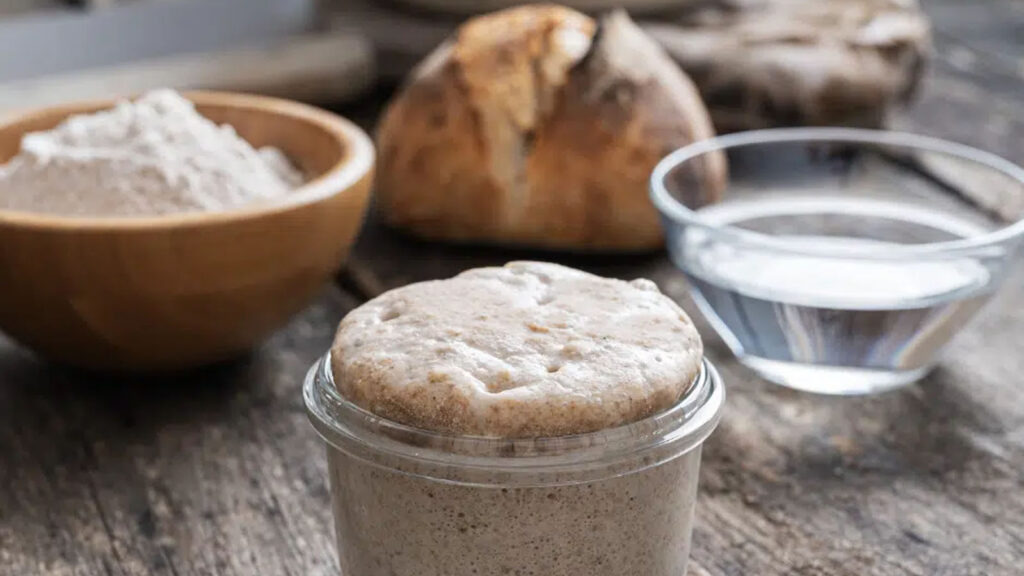
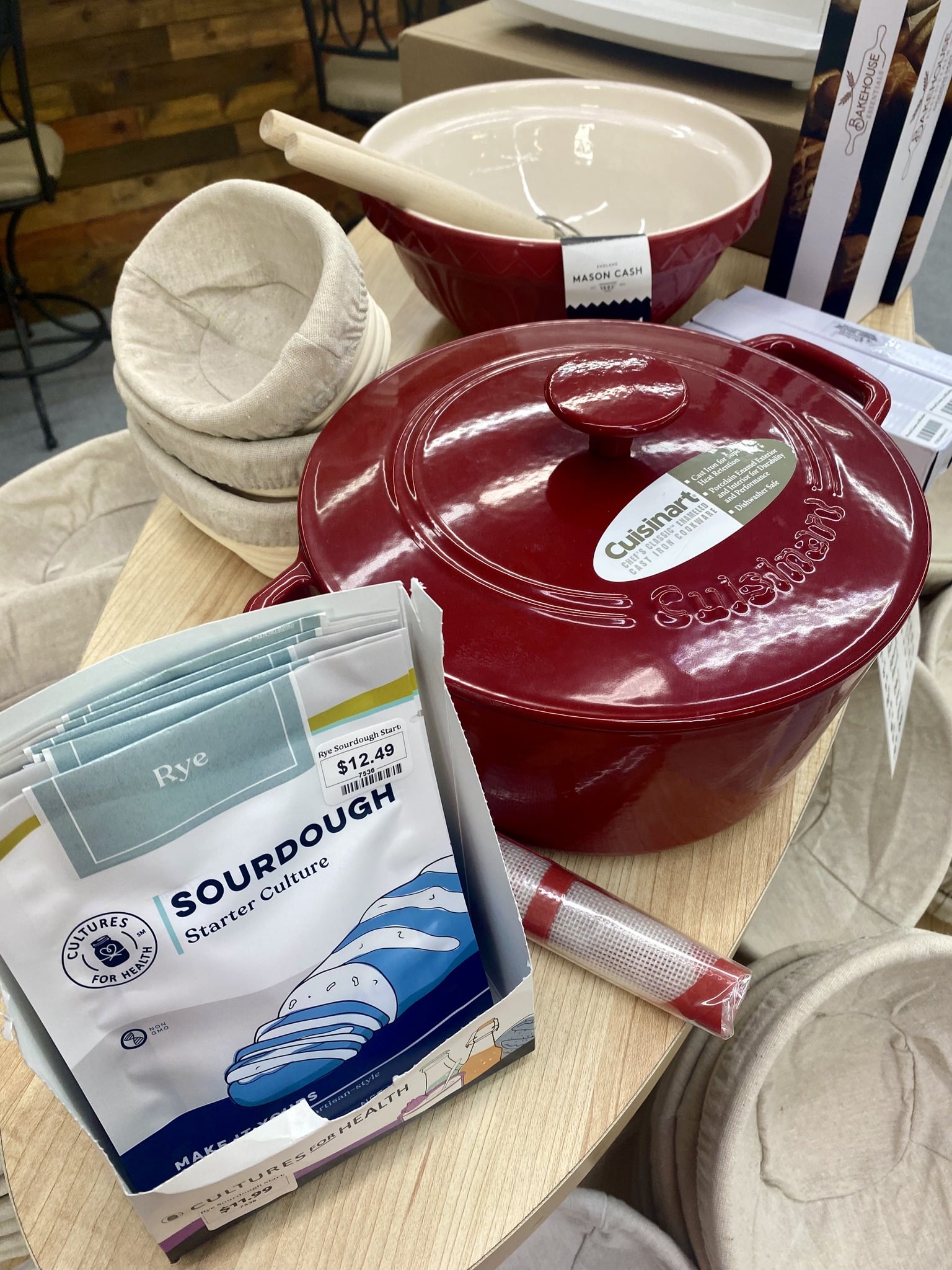
Sourdough’s enduring allure can be traced back to ancient civilizations, where it was revered not only as a staple of sustenance but also as a symbol of communal and cultural identity. This time-honored bread-making tradition has been passed down through generations, embodying a rich heritage that resonates even in today’s modern kitchens. The process of creating sourdough, which involves the natural fermentation of dough using wild yeasts and bacteria, is a reflection of the ingenuity of our ancestors who harnessed the microbiome of their environment to enhance the nutritional and preservative qualities of their bread.
The practice of sourdough preparation and baking served as a communal activity that strengthened social bonds and cultural ties. Communities would gather to share starter cultures, a living link to both the past and the present, demonstrating a deep sense of trust and continuity. This aspect of sourdough’s legacy highlights its role in fostering a sense of belonging and continuity among people, making it much more than just a food item.
In today’s world, where the safety and integrity of food are paramount, sourdough offers a natural, preservative-free alternative to commercially available breads. Its preparation excludes the use of artificial additives, aligning with the growing consumer advocacy for transparency and wholesomeness in food sourcing and production.

The distinctive taste of sourdough, marked by a tantalizing tang and complex flavor notes, sets it apart from other breads and captivates the palates of food enthusiasts worldwide. This flavor complexity arises from the natural fermentation process unique to sourdough, where wild yeasts and bacteria symbiotically interact. These microorganisms not only raise the dough but also break down the flours, releasing a range of aromatic compounds that are not present in yeasted breads.
The sourness, a hallmark of sourdough, stems from lactic acid produced during fermentation. This not only contributes to its characteristic tang but also enhances the flavors imparted by other ingredients like whole grains and seeds. Each loaf can carry hints of nuttiness, subtle sweetness, or even a slight bitterness, depending on the flour mix and fermentation duration. The crust, often a rich caramel color, adds a slight crunch and a hint of roasted flavor, providing a satisfying contrast to the soft, chewy interior.
These intricate layers of flavors make each bite of sourdough a unique experience, ensuring that it stands out as a culinary delight in kitchens and dining tables around the globe.
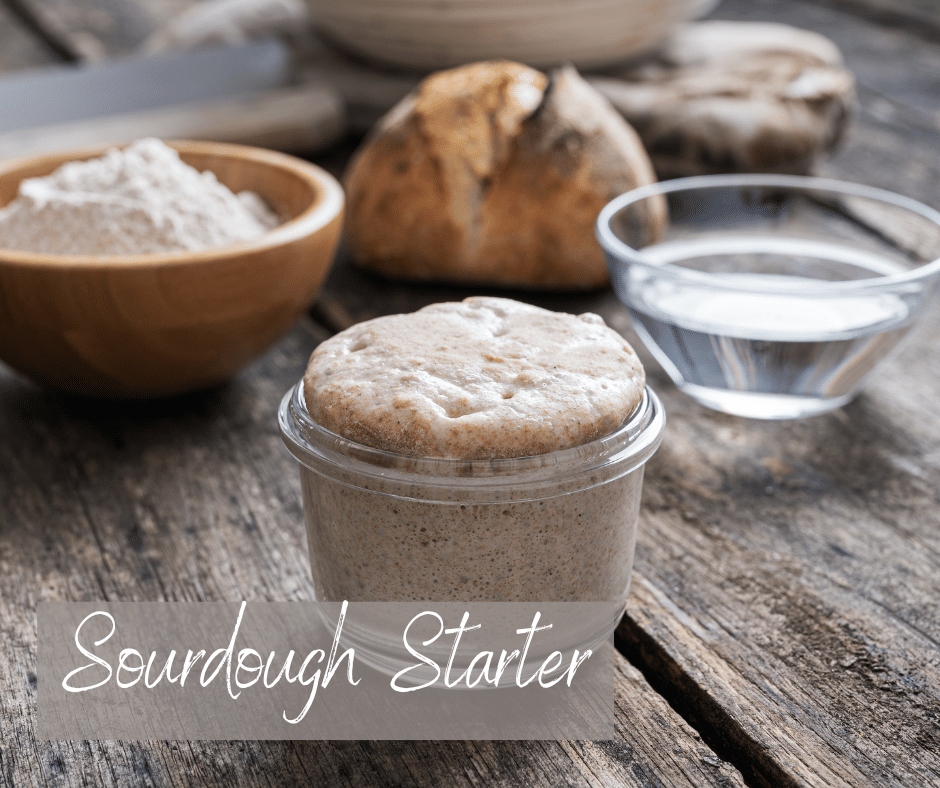
Exploring the health benefits of sourdough reveals its role not only as a gourmet favorite but also as a nutritious choice for daily diets. The magic begins with its unique fermentation process, where natural bacteria and yeasts synergistically work to pre-digest the starches in the grains. This not only enhances the bread’s digestibility but also increases the availability of key nutrients. Sourdough’s lower phytic acid level compared to other breads allows for better absorption of minerals such as iron, potassium, and magnesium, important for maintaining essential body functions.
Moreover, the lactic acid bacteria present in sourdough contribute to the production of beneficial compounds that can improve gut health. These probiotic-like properties help in balancing the gut microbiome, which is essential for a robust immune system and overall health. Additionally, for those managing insulin sensitivity, sourdough offers a more favorable glycemic index than its conventional counterparts, leading to less spike in blood sugar levels.
Embracing sourdough is not merely a culinary trend; it is an investment in one’s health, offering a blend of taste and wellness that appeals to both the palate and the body’s needs.
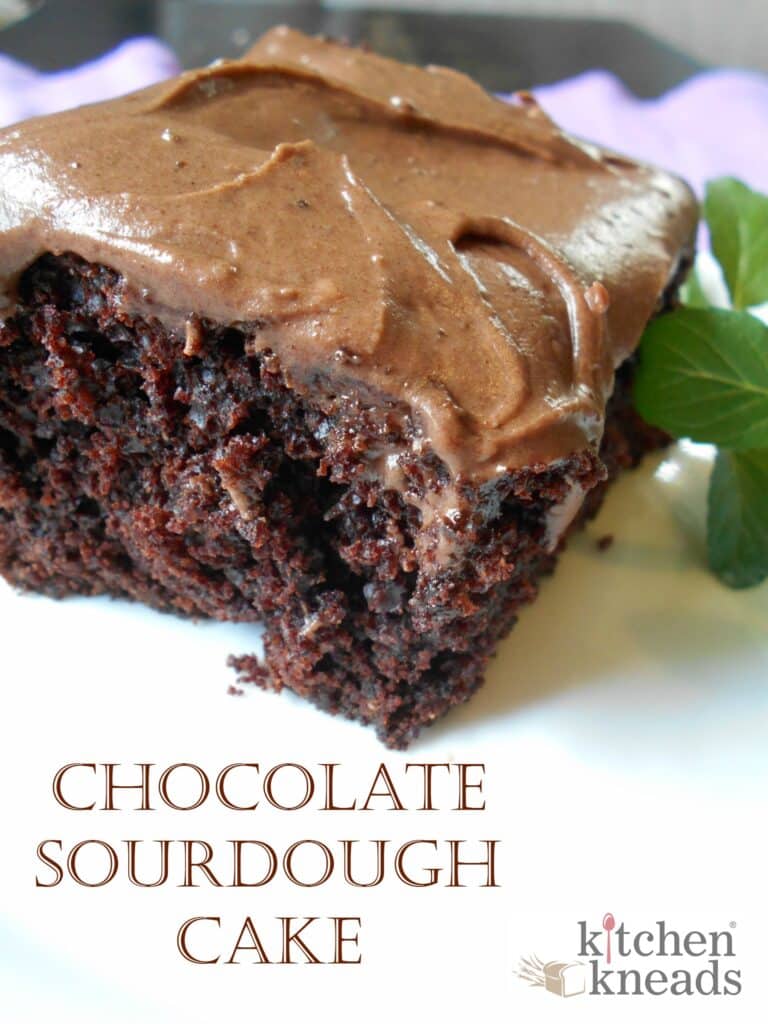
Sourdough proves its culinary flexibility by enhancing a wide array of recipes, from traditional breads to innovative desserts. The complex flavors and textures that sourdough imparts make it a beloved ingredient among culinary enthusiasts. Its application extends beyond simple loaves; it infuses a tangy depth to pancakes, waffles, and even pizza bases, transforming everyday meals into gourmet experiences.
The magic of sourdough also lies in its adaptability with ingredients. For instance, integrating whole grains like amaranth flour from Kitchen Kneads can elevate the nutritional profile while maintaining a delightful, airy texture. Moreover, the use of fresh cake yeast can accelerate the fermentation process, ensuring that the sourdough maintains its characteristic zest yet reduces preparation time.
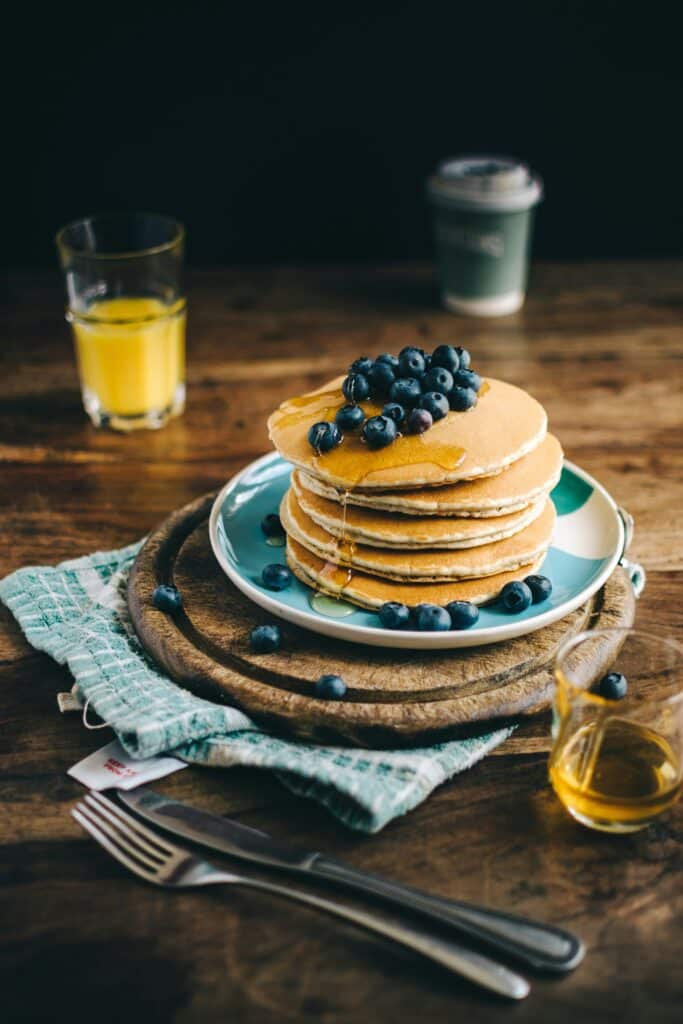
Dessert recipes also benefit from sourdough’s distinctive tang. Imagine a sourdough chocolate cake where the natural acidity balances the sweetness, or sourdough apple fritters where it adds a subtle complexity to the fried delights. By incorporating Grandma Eloise’s Mixed Berry Pie Gel, the flavors are intensified, creating a dessert that is both rich in taste and heritage.
This versatility not only showcases sourdough’s culinary range but also underscores its role in elevating simple ingredients to create safe, wholesome, and delicious dishes.
Across continents and cultures, sourdough has been cherished for its unique role in traditional baking practices, symbolizing both resilience and connection. This ancient art of bread-making, in which wild yeasts are harnessed to ferment dough naturally, ties communities to their ancestral roots and local environments. In San Francisco, USA, the famed sourdough embodies the city’s history during the Gold Rush, when miners relied on its robustness and tangy flavor for sustenance. Similarly, in the Middle East, sourdough flatbreads connect generations, their recipes passed down as cherished heirlooms.
In Europe, particularly in France and Italy, sourdough is integral to culinary identity. French bakers craft loaves with a dedication that approaches reverence, often considering their sourdough starters – some centuries old – as a link to the past and a legacy for future generations. The Italian pane di Matera, with its Protected Geographical Indication status, highlights how sourdough’s cultural significance transcends borders, becoming a symbol of regional pride and artisanal quality.
Through each loaf, sourdough not only nourishes but also tells a story of place, people, and persistence. It is this deep, almost sacred connection to tradition and community that truly underscores the global love for sourdough.

Kitchen Kneads is your one-stop shop for quality grains, flour, kitchen appliances, and other ingredients.
We are Utah’s premier baking and cooking resource!
Questions?


Kitchen Kneads is your one stop shop for quality grains, flour, kitchen appliances and other ingredients. We are Utah’s premiere baking and cooking resource! Questions?
888-881-9957
info@kitchenkneads.com
2022 | Kitchen Kneads | All Rights Reserved | Privacy Policy | Terms | XML Sitemap | Site by PDM